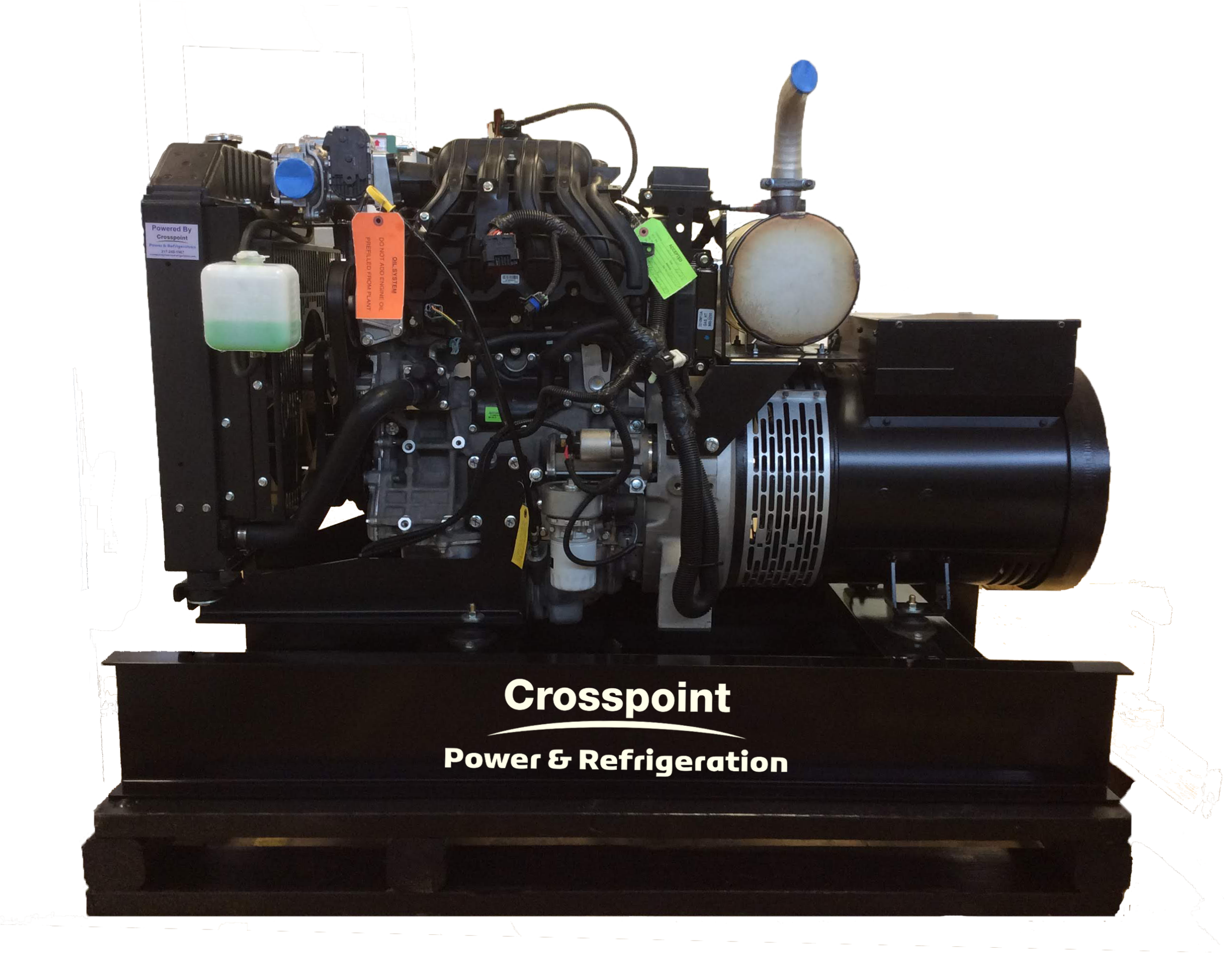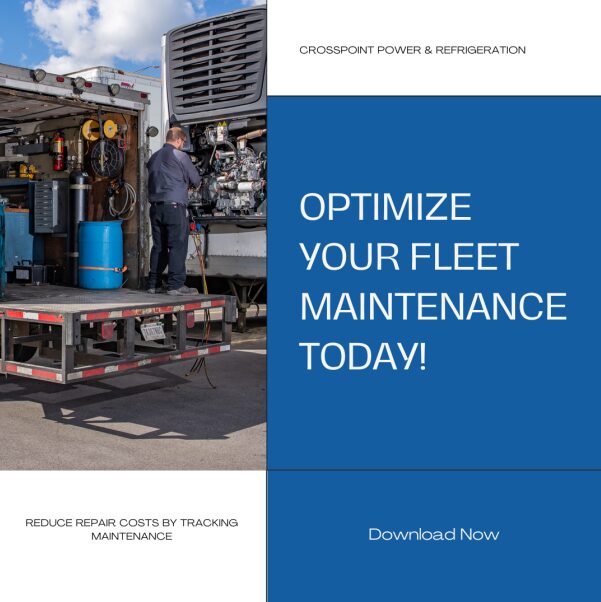Environmental Compliances for Generators and What You Need to Know
Generators can fall into several emissions categories. Understanding these categories and requirements can be challenging considering the legal language and scientific nature of the regulations. In this blog, we explore the emissions requirements and differences between various generator types.
Key Emission Pollutants and Environmental Compliances
The EPA and CARB have set limits on key pollutants emitted from internal combustion engines.
- Nitrogen Oxides (NOx): Contribute to ground-level ozone formation and smog. High levels of NOx can lead to respiratory issues and other health problems.
- Carbon Monoxide (CO): A toxic gas that can cause harmful health effects, especially in enclosed spaces.
- Volatile Organic Compounds (VOCs): These compounds can react with sunlight to form ozone, contributing to smog and other air quality issues.
- Particulate Matter (PM): A mixture of solid and liquid particles suspended in the air. This can include dust, soot, smoke, acids, organic matter, and more.
- Hydrocarbons (HC): The resultant of incomplete combustion or evaporative emissions.
Environmental Compliances for Gas Engine Generators:
Gas generators are generally categorized based on their power output, with different certification levels applicable:

- Non-Road Engines: For portable gas generators (usually under 19 kW), the EPA has established Phase 1, Phase 2, and Phase 3 standards. Phase 3 is the current exhaust emission standard and was enacted for 2012 year model engines. Engines that operate in the United States must be certified and labels to indicate compliance. Depending on the size of the engine, the EPA limits the allowable HC, NOx and CO emitted.
- Stationary Engines: For larger, stationary generators, the EPA mandates stricter standards, often in line with the National Emission Standards for Hazardous Air Pollutants (NESHAP), New Source Performance Standards (NSPS), and Standards of Performance for Stationary Compression Ignition Internal Combustion Engines.
EPA Emissions Standards for Diesel Engines:
The EPA emissions tiers for diesel generators are classified as follows:

- Tier 1: Introduced in 1996, this tier marked the beginning of more stringent regulations, focusing primarily on reducing emissions from newly manufactured diesel engines.
- Tier 2: Implemented in 2001, this tier introduced lower limits for NOx and PM emissions, tightening the regulations and requiring manufacturers to adopt more advanced technologies.
- Tier 3: Enacted in 2006, Tier 3 further reduced allowable emissions, with an emphasis on cleaner technologies. It also introduced stricter requirements for portable and stationary generators.
- Tier 4: Launched in two phases (Tier 4 Interim in 2008 and Tier 4 Final in 2015), this tier represents the most stringent regulations to date. Tier 4 engines must achieve substantial reductions in both NOx and PM emissions, often necessitating advanced technologies such as selective catalytic reduction (SCR) and diesel particulate filters (DPF).
California Air Resources Board (CARB)
CARB has enacted its own set of regulations that require stricter emissions on generators. When purchasing a generator for use in California, ensure that the generator is CARB compliant for its specific use case.
Environmental Compliances for Emergency Power
Emissions standards for emergency generators differ from non-emergency applications. For example, diesel emergency generators are allowed to comply with Tier 3 regulations. There are specific requirements on these generators such as allowable usage in a year. If you are considering an emergency generator, contact your local sales rep to understand what options are available.
Factors to Consider When Choosing a Generator
- Size and Capacity: Select a generator that fits your power needs while complying with emissions requirements. Oversized generators can lead to inefficiencies and increased maintenance costs.
- Fuel Type: Consider the type of gas the generator will use. Diesel Generators are subject to different regulations than gas generators.
- Emissions Compliance: Check that the generator meets the necessary EPA and state emissions standards. Look for labels indicating EPA certification.
- Technology Features: Opt for generators equipped with technologies designed to minimize maintenance costs such as remote diagnostics and scheduled generator exercising.
- Maintenance and Upkeep: Regular maintenance is crucial for keeping emissions in check. Follow manufacturer recommendations for servicing to ensure optimal performance.
Find the Generator with Crosspoint Power and Refrigeration
Whether you are looking for a small portable generator, or a large backup generator for your home or business, contact us at Crosspoint Power and Refrigeration. Our sales team can help you decide which generator is right for you!

